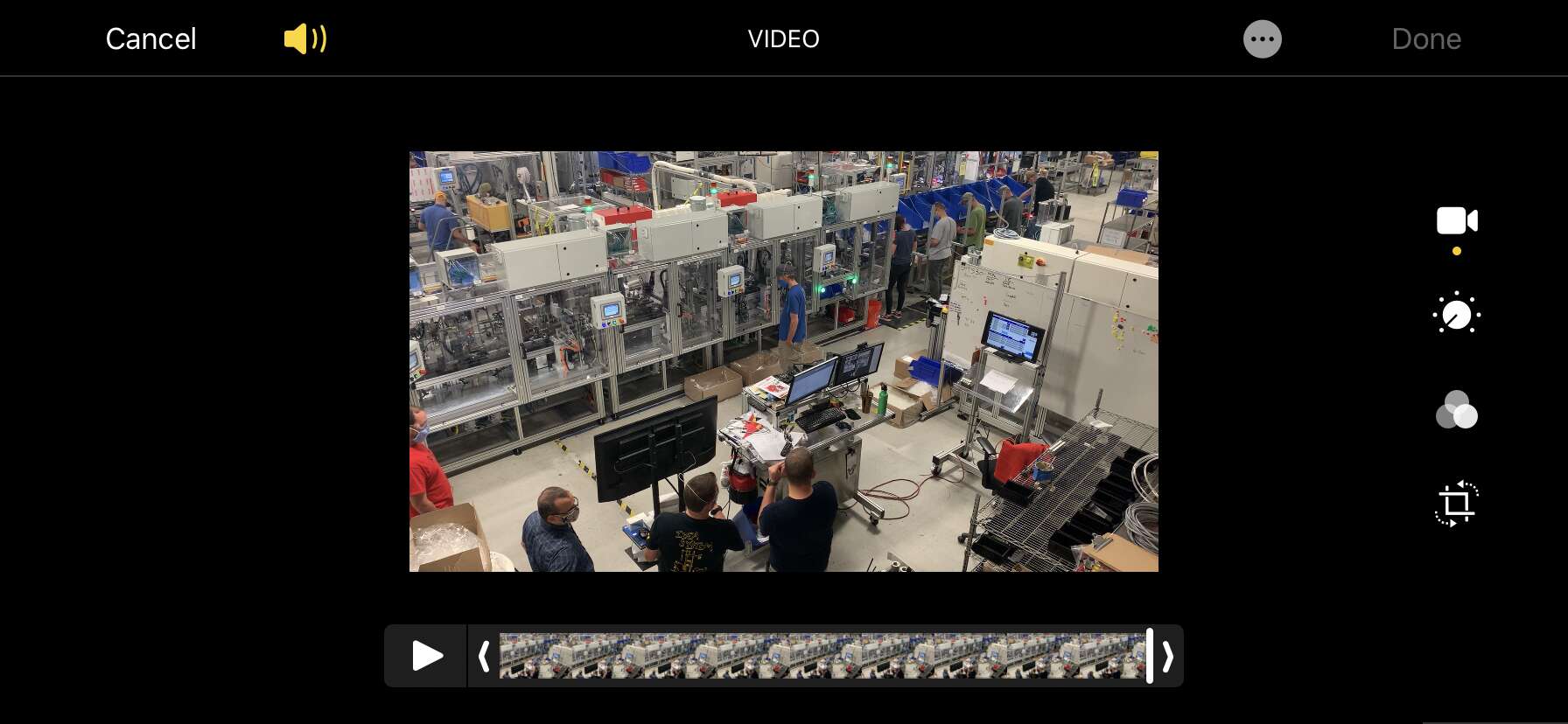
Westbrook manufacturer moves critical customer visits to a new location — online
 COURTESY / LANCO INTEGRATED
Seen here is the customer’s computer view of factory acceptance testing at Lanco Integrated. Lanco switched from in-person to virtual testing due to the pandemic.
COURTESY / LANCO INTEGRATED
Seen here is the customer’s computer view of factory acceptance testing at Lanco Integrated. Lanco switched from in-person to virtual testing due to the pandemic.
Typically, when Lanco Integrated completes construction of a new machine, the Westbrook manufacturer invites the customer to an onsite “factory acceptance test” that determines if the device fulfills specified performance requirements.
During the pandemic, Lanco has limited visits to its factory. So the company, which makes robotic mass-assembly systems, developed a virtual testing protocol with a system of cameras on its assembly lines that allow for live video sessions with customers.
“We had to adapt and make that happen for them as best as possible virtually,” Matt Mingo, a manufacturing project leader, told Mainebiz.
The manufacturing department made the switch by working with the information technology department, which produced multiple video feeds for a live streaming Zoom call, Mingo explained.
One factory test ran for four hours and required multiple points of view around the machine. Mingo and others on the manufacturing team used their mobile devices to zoom into machine details.
“If they had a question, we could walk to a specific point on their machine and give them details,” he said.

There was also a live audio feed and live chat function, so manufacturer and customer could correspond throughout the test. The goal is to provide optimal transparency, said Stew Goss, the firm’s global information technology manager.
The virtual system used a combination of tools that included mini wireless security cameras and USB laptop cameras, as well as several dedicated computers to join the Zoom call and share the video, explained Goss. The customer could see each part of the machine’s functioning as it was happening.
Goss and his department performed a second virtual test using Microsoft Teams as the platform.
“We’re trying to refine the process,” he said. “Right now I go in there to put all of the pieces of the puzzle together.”
The company is thinking about making the virtual test system a permanent part of its services.
“It’s a time-saver,” Goss said. “Lots of companies are international. It’s not cheap to send their teams over here.”
Currently, someone on the factory floor has to manually change camera views and zoom in on details.
“I’d like to put the customer in the driver’s seat,” Goss said of the system’s potential for allowing customers to “drive” the cameras.
Lanco declined to say who the customers were.
In June, Lanco got an initial taste of pushing the boundaries during the pandemic when it manufactured a machine that puts together critical coronavirus test components in just eight weeks — a job that would typically have taken 35 weeks.










0 Comments